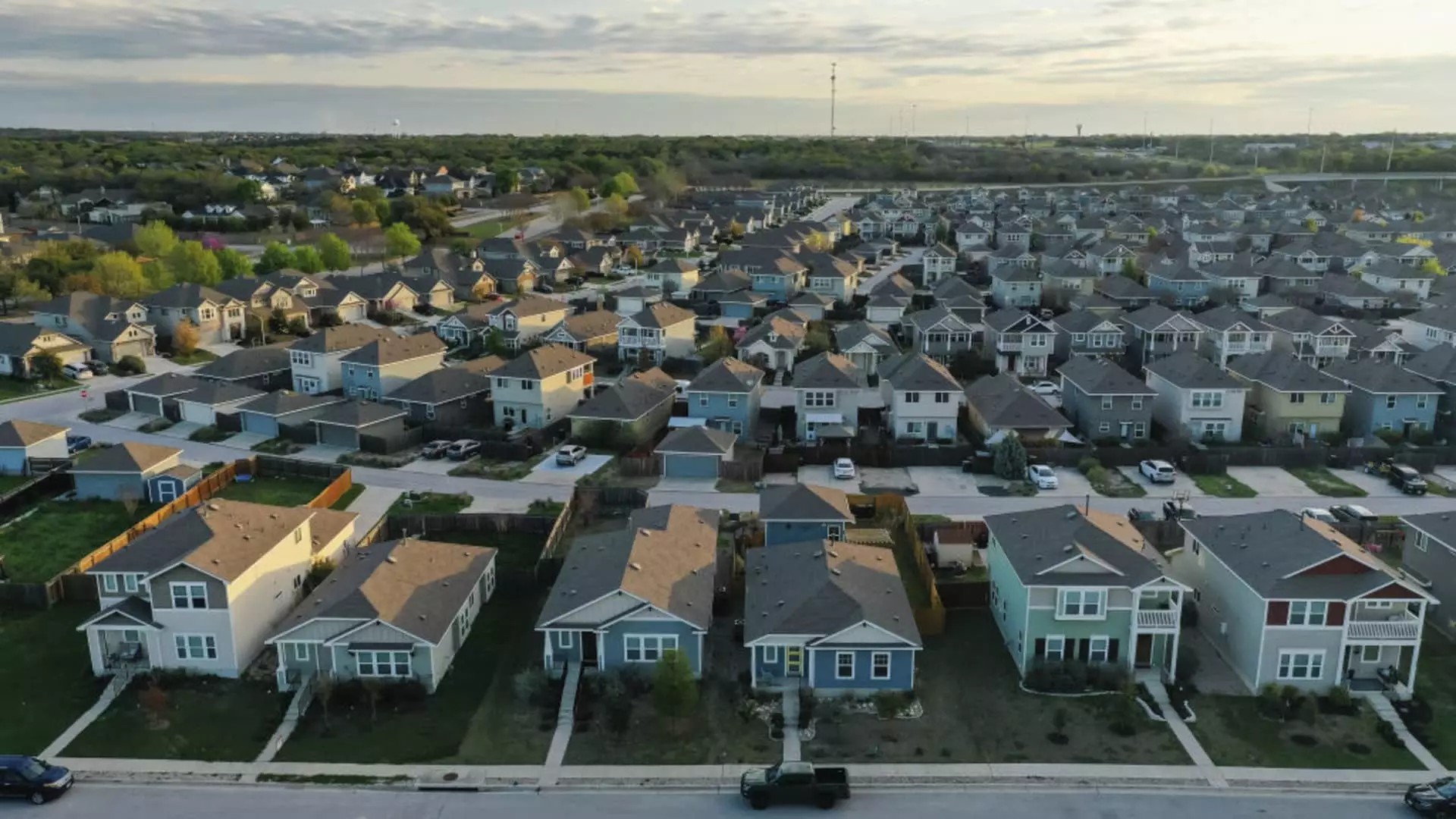Challenges for Homebuyers in a Stagnant Housing Market

As the spring housing market approaches, prospective homebuyers find themselves at a crossroads. The anticipated flurry of listings is not translating into the urgency many would expect, as mortgage rates remain largely unchanged and home prices continue their upward trajectory. Despite a modest increase in available properties, the lack of movement in mortgage rates has dampened enthusiasm. The Mortgage Bankers Association (MBA) reports a considerable drop of 4% in mortgage applications for home purchases compared to the previous week, signalling a stagnation in buyer demand that resembles the same period last year.
The financial landscape adds complexity to the buying process. According to Joel Kan, vice president and deputy chief economist at the MBA, the average loan size for purchase loans has risen, indicating that buyers are committing to higher amounts, with recent figures indicating a loan average of $447,300. This price level is the highest recorded since late 2024. Concurrently, the average interest rate for a 30-year fixed-rate mortgage slightly dipped to 6.97%, yet this decrease does not offset the rising costs associated with home ownership. With points increasing, buyers are still facing substantial financial hurdles as they navigate the current market.
Interestingly, a slight reduction in mortgage rates has prompted a notable increase in refinancing activity. Mortgage applications for refinancing surged by 12% week-over-week and a striking 17% compared to the same week the previous year. However, these statistics may be misleading, as the overall volume of refinancing remains low. Many current homeowners have secured lower rates prior to this period, making any new offerings less attractive for them. This dynamic illustrates a complex feedback loop where existing homeowners are hesitant to shift their financial commitments, thereby complicating overall market dynamics.
Adding to the quandary, home sales are hovering at near-record lows, while home prices are setting new highs across the nation. Although more sellers have begun to implement price cuts—15.6% in January compared to 14.7% a year prior—many are still able to maintain their prices due to ongoing competition. This tension between increasing supply and stagnant buyer interest paints a troubling picture for potential homeowners who are caught in a market characterized by inflationary pressures and prolonged decision-making timelines.
Despite a 25% increase in housing supply year-over-year, the overall inventory still falls short of pre-pandemic levels, being 25% lower than in January 2019. The extended duration that homes remain on the market—averaging 54 days—reflects a shift in buyer sentiment and economic realities that make purchasing less appealing. With sales slumping to a near 30-year low, the landscape remains challenging for both buyers and sellers. As potential homeowners hover on the sidelines, unsure of when to act, it remains to be seen how this precarious situation will evolve in the months to come.
The intersection of high prices, flat mortgage rates, and a struggling sales environment demands keen attention from prospective buyers. As they weigh their options, identifying the right moment to engage with the housing market will be crucial amidst fluctuating economic indicators.





